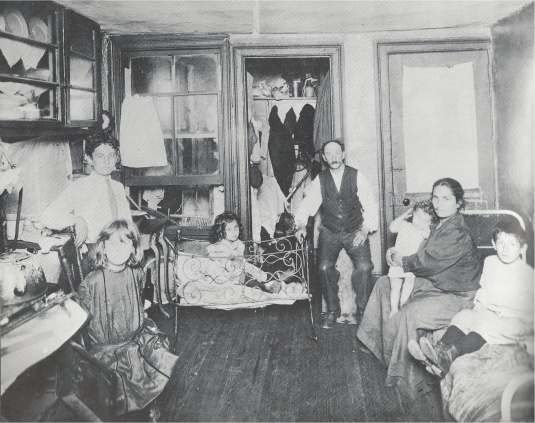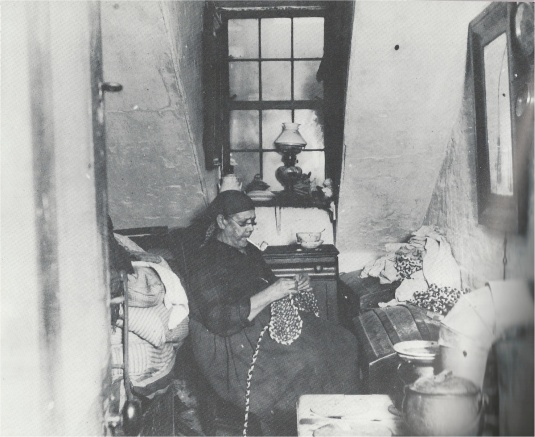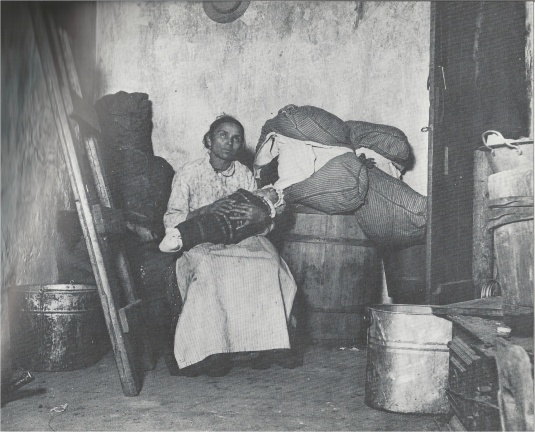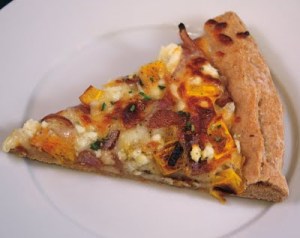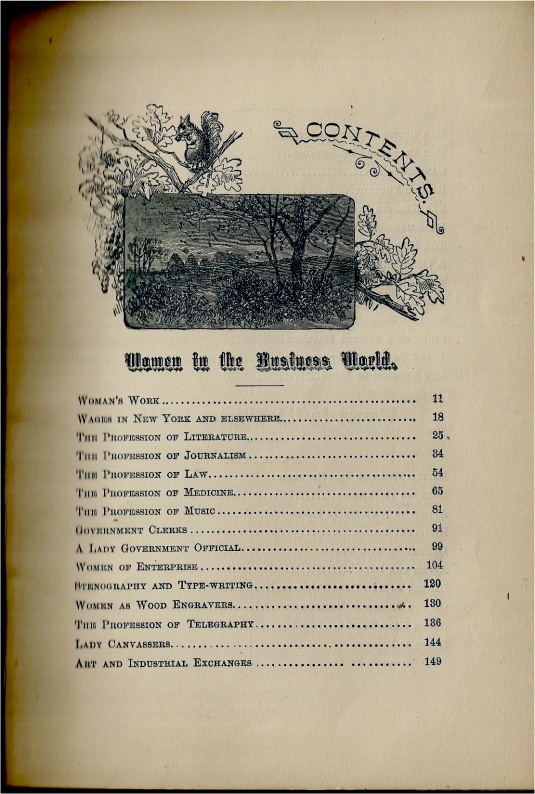
Photograph of Sarah Horton taken by Karen Choudhary
Today I’d like to introduce you to Sarah Horton, author, artist, entrepreneur, blogger, filmmaker, activist and an all-round highly accomplished and creative Can-Do Woman. I had the pleasure of meeting Sarah through my other blog, The Cancer Culture Chronicles, an insider’s view of living with breast cancer in today’s society. I found Sarah’s story to be so incredibly inspiring, and I am delighted to be able to spotlight her achievements here today on the Can-Do Women blog. Here is a part of Sarah’s story.
In February 2007, at the age of 43, Sarah was diagnosed with breast cancer. To hear those words uttered is a moment so terrifying and raw, that one barely has time to think, let alone be able to string a sentence together in any cohesive manner. Yet, that’s exactly what Sarah did. Despite being paralyzed with fear (or perhaps “despite” should be read as “instead of”), Sarah began to write in earnest. On the day after her diagnosis she took a leather-bound journal, had her husband Ronnie take a picture of her at their kitchen table, and began compiling her thoughts, lists of questions for the doctors, research for treatment decisions; anything that seemed relevant to the horrifying road on which she was about to embark.
Sarah, who lives in the United Kingdom, soon realized that in order to secure the best treatment options for herself that she needed to seek out opinions from the country’s foremost experts on breast cancer. Whilst her initial consultations and ongoing medical care were provided free through the country’s National Health Service (“NHS”), obtaining opinions from the country’s top specialists was going to cost money, and lot of it. Now, this was money that was not immediately available, but would need to be found if Sarah was going to receive the best advice before deciding on and commencing her next lot of treatments. By this time, Sarah and undergone two major surgeries with the NHS and was concerned about making the right decisions about treatment from that point on.
And so, Sarah turned to Yes To Life (“YTL”), a U.K. cancer advocacy organization that amongst other services, provides support to cancer patients in navigating their treatment options. In what turned out to be a fortuitous twist of fate, although Sarah could not have known it at the time, YTL suggested that Sarah set-up a website to help with the fundraising needed to pay for her upcoming private sector medical bills. At the time, Sarah felt aghast and that she couldn’t possibly ask people for money, however YTL helped her to understand that this might just be feasible option, particularly if the fundraising was framed around her story. And so with some misgivings, Sarah set up her website.
Sarah started to regularly publish an online diary and extracts from her journals, and created links for breast cancer resources as she came across them herself. She included a “donate” page and despite her initial timidity in commencing the project, quickly gathered an email list of loyal “fans”. As time went on and Sarah kept up with her diary entries, her following grew and that group of “fans” began to metamorphosize into a virtual support network, in which real friendships started to develop. And fortunately, Sarah was able to receive the financial help that she needed to pay for the ongoing medical opinions from specialist cancer doctors during her initial period of treatment, a time when the most important medical decisions needed to be made. At this point, no further fundraising activities were needed, and Sarah was able to move on with her treatment, receiving the rest of her healthcare for free under the U.K.’s NHS. But she still kept writing her on-line diary.
Everything changes when you receive a cancer diagnosis, and Sarah’s experience was no exception. In her words, “life changed beyond belief”. Unable to work, debilitated by surgeries, and other medical treatments, feeling unsupported by family and her old circle of friends, Sarah felt a palpable anger bubbling away inside of her. Surrounded by a breast cancer culture that seemed to be all about pink-ribbons and feel-good survivor celebrations, Sarah began reading about other women’s experiences, notably Barbara Ehrenreich’s famous article, “Welcome To Cancerland”, and came to understand that she “didn’t like pink” and that it was okay to feel angry at what had happened to her. And so she kept writing, and reflecting, and being angry that control and choice throughout the whole breast cancer ordeal, seemed to be a consistently hard-fought battle for the patient. And she began to consciously wonder, why she had developed breast cancer, and why at such a young age? And this made her angrier.
Continuing to write her journals throughout her entire treatment, on one hand, kept organized and safe the immense trove of medical information that amasses very quickly with a cancer diagnosis, allowing Sarah to keep control in navigating her treatment and medical decisions, but on the other hand proved to be a highly therapeutic outlet for what is a lonely, frustrating and bewildering ordeal. By writing, Sarah was able to make sense of her anger and frustration, in the clear and coherent narrative that had started to take shape. She realized there was immense power in story-telling, and her reflections on the “why’s” of her illness, and so the seeds of a book manuscript were unwittingly being sown.
By the end of 2009, Sarah’s arduous treatment regimen was almost at an end. She had endured many complications and continued to fight fatigue and other debilitating side-effects of medication and numerous surgeries. But she was almost there. In early 2010, Sarah began to feel strong enough to think about going back to work in the filmmaking business that she runs with her beloved husband Ronnie, A Sense of Place. As well, she wanted to start getting back to some of the other activities that she had enjoyed before her diagnosis, like camping, painting, hiking, quilting, and her beloved allotment garden. It was at a meeting with her business adviser that they discussed the possibility of making a film or publishing a book about her experience. At this point Sarah’s journals had grown to 80,000 words, and there was plenty of film footage shot by Ronnie during her treatment, but Sarah was still unsure at this time which project would be the better fit. In making a decision as to which project, Sarah’s business adviser suggested she meet with a local Liverpool book publisher, Fiona Shaw of Wordscapes.
As it happened, in early 2010, from the increasing popularity and visibility of Sarah’s website, Sarah was invited to a live debate on Sky TV, to discuss her views on the culture of positive-thinking that tends to surround the world of breast cancer. It was a high-profile opportunity, seen by some 14 million viewers, and would be Sarah’s first foray into this kind of media. As a result of her appearance, Sarah learned that she was naturally able to articulate her opinions and convey her anger, in a way that resonated with an audience. And she liked the feeling of that. After that appearance, and upon meeting with publisher, Fiona Shaw, they watched a clip of Sarah’s television debut via Sarah’s website. Fiona was impressed with Sarah’s resolve and critical thinking in her views on the breast cancer cancer movement, and from there a book project was born.
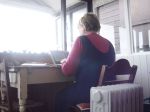
Finishing the book at Lyme Regis. Photograph by Ronnie Hughes
Sarah took her journals, and commenced the extremely complicated process of completing and editing her journal writings into a format befitting of an audience, and in a way that clearly stated her politics with regard to breast cancer, but ultimately balanced with the story of her life. A life interrupted by breast cancer. In order to achieve this mammoth task of completing the book, Sarah and Ronnie took a trip to Lyme Regis, where they holed up in a little beach shack with no phone, Internet or television, and Sarah went to work. What had started as a diary and a way to navigate her diagnosis and treatment, was at last a finished manuscript and ready for several months of fine editing with publisher Fiona, and finally, setting and design.

Click here if you would like to purchase this book
In October 2010, the book Being Sarah was published, and Sarah was finally able to sit back and catch her breath. But not for long. Fast forward to today, and Sarah is now back at work part-time in her business with Ronnie. She also undertakes speaking engagements, where she speaks out on the issues of breast cancer prevention and the importance of control and choice in breast cancer treatment. Sarah also recently attended and spoke at an environmental summit at the European Union in Brussels on the issue of cancer prevention and environmental policy. Most importantly, Sarah is finally now getting back to life’s simple pleasures, but she continues to be an advocacy voice for those dealing with breast cancer who cannot speak for themselves, and passing on the knowledge of her own experience with the disease in order to engage in debate and motivate future actions in breast cancer treatment and policy.
I’m sure you’ll agree, Sarah Horton epitomizes the spirit of a Can-Do Woman, in what she’s accomplished so far, and as she continues to set the stage for raising public consciousness of breast cancer prevention and meaningful debate within the breast cancer movement. Sarah, thank you for all that you do. There is much to be learned from your story, and I am honored to be able to share at least part of your narrative today in this blog’s homage to the amazing achievements of extraordinary ordinary women like you.
If you would like to know more about Sarah, and read more of her writings, you can purchase a copy of her book at the link above, or Sarah’s blog can be found by clicking on this link: Being Sarah. I highly recommend you stop by and join in the discussion.
And here is a sampling of some of Sarah’s films.
A short video of Sarah’s book launch.
The Plot is a delightful piece about the Can-Do Gardeners who garden at Sarah’s beloved allotment.
“What we love, we must protect” is a short film about Sarah’s recent trip to the European Parliaments summit on cancer prevention and environmental policy
Has an event in your life spurred you to greater action? Have you ever considered writing a book? Fiction or non-fiction? Have you started it yet?
![]() Apparently there’s a dearth of tough “gals” out there and women are simply “girly” again. And “the blogosphere proves it!”
Apparently there’s a dearth of tough “gals” out there and women are simply “girly” again. And “the blogosphere proves it!”![[CARTOON] Fifi the Poodle. images, pictures, animals, cartoon, dogs, violence,](https://candowomen.files.wordpress.com/2011/08/toon1021toughpoodle.jpg?w=300)

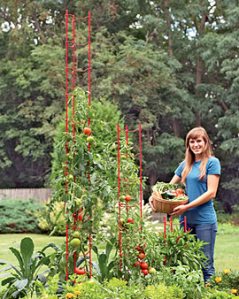


 One such woman, Winifred Steger (1882-1981) hailed from my native Australia, and whose desperate circumstances and life as a single mother led her to the most unbelievable adventures in a time when these kinds of exploits by a woman were practically unthinkable .
One such woman, Winifred Steger (1882-1981) hailed from my native Australia, and whose desperate circumstances and life as a single mother led her to the most unbelievable adventures in a time when these kinds of exploits by a woman were practically unthinkable .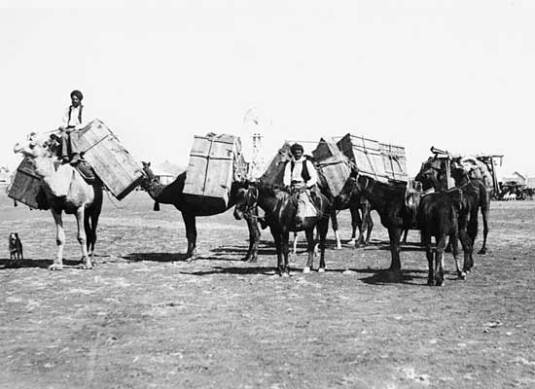

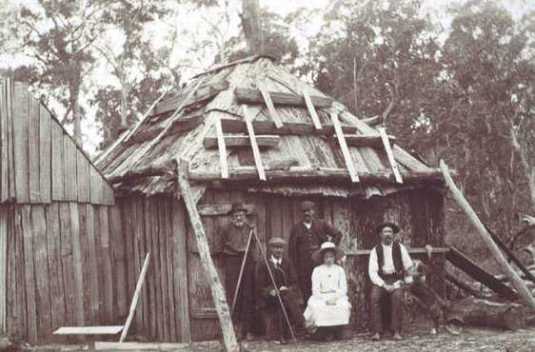
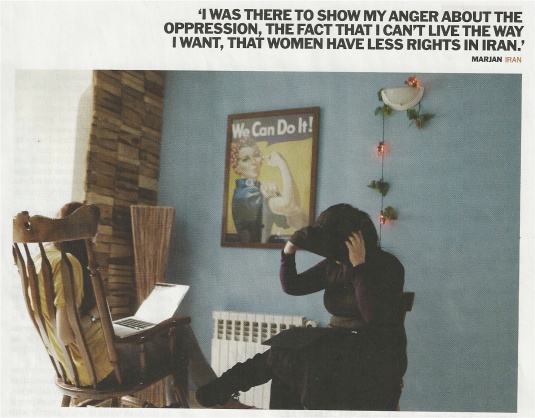

 Jacob A. Riis
Jacob A. Riis